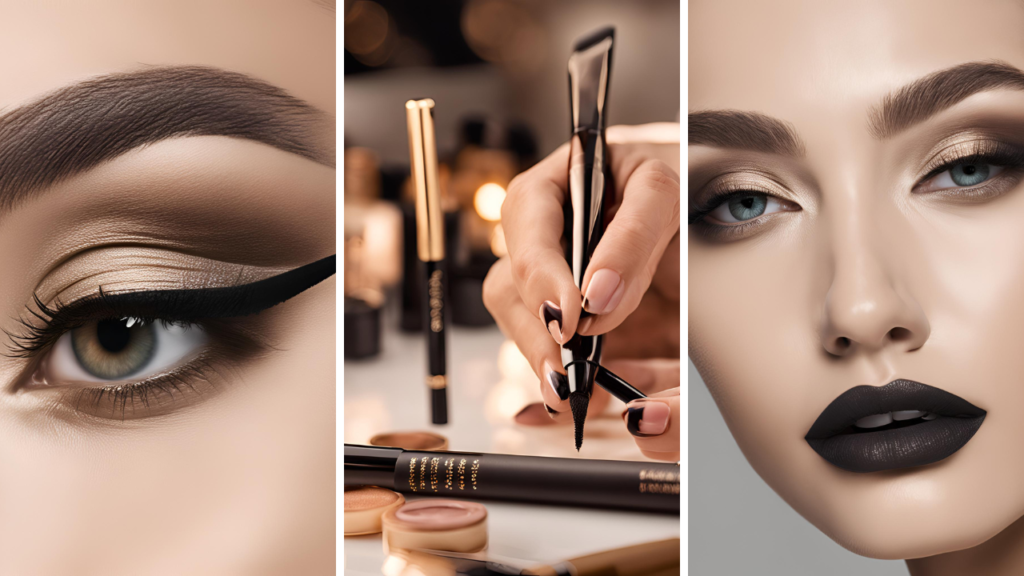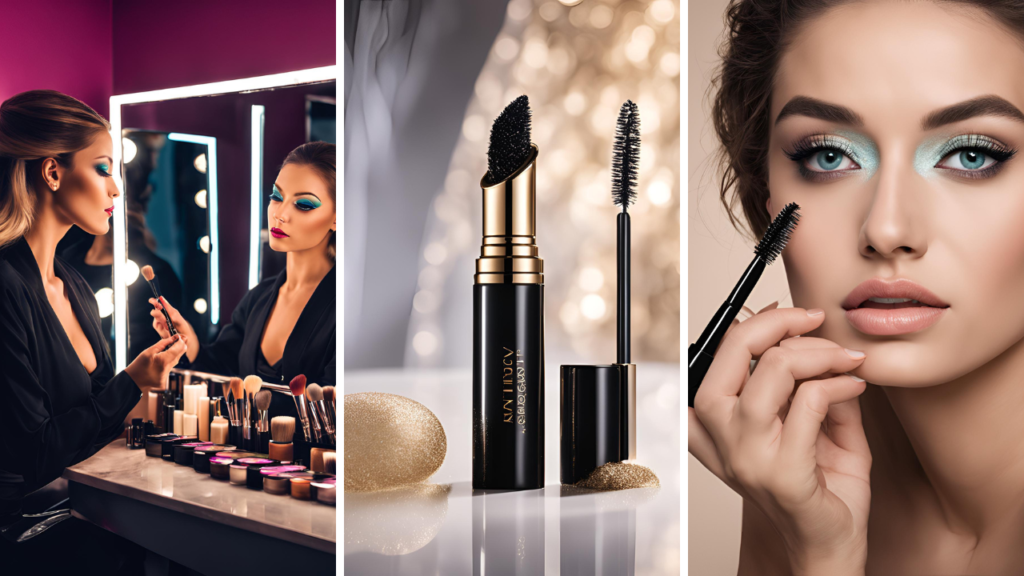If you’re like me, you know the frustration of putting together a flawless look, only to have it slide off your face halfway through the day. I used to skip setting powder because I didn’t understand its real purpose. But once I started using it, the difference was undeniable.
Let’s dive into why setting powder is a must-have in every makeup bag, sharing real experiences, practical tips, and the science behind it.
Table of Contents
1. The Role of Setting Powder: Why It Matters
Setting powder locks your makeup in place. Imagine applying foundation and concealer that’s picture-perfect—only for it to smudge or crease within hours. Setting powder helps prevent this by absorbing excess oil and minimizing transfer. Think of it as the final step that seals your masterpiece.
I’ve personally struggled with midday shine, especially in my T-zone. Incorporating a translucent setting powder solved this. It’s not just for those with oily skin; dry skin types benefit too by achieving a smoother, longer-lasting finish.
2. Types of Setting Powders and When to Use Them
There are two main types of setting powders: loose and pressed. Each has its place, depending on your makeup routine and needs.
- Loose Setting Powder: Perfect for home use and baking techniques. Its fine texture gives a seamless, lightweight finish. For example, when I prepare for a photoshoot, I always dust a light layer of loose powder under my eyes to keep concealer from creasing.
- Pressed Setting Powder: A travel-friendly option that’s quick and easy for touch-ups. I carry one in my bag—it’s been a lifesaver during long days.
3. Key Benefits of Setting Powder
Here are the top benefits that convinced me to make setting powder a staple:
- Shine Control: If you have oily or combination skin, setting powder absorbs excess oil for a matte finish.
- Makeup Longevity: It extends the wear of your makeup, reducing the need for frequent touch-ups.
- Smooth Texture: Blurs imperfections and minimizes the appearance of pores.
- Crease Prevention: Stops concealer and foundation from settling into fine lines.
I’ve found these benefits invaluable, especially during long events like weddings or parties.
4. How to Choose the Right Setting Powder
Selecting the right setting powder can be overwhelming, but focusing on your skin type and desired finish helps narrow it down.
- Translucent Powders: Ideal for all skin tones and provide a natural finish. I use a translucent powder daily because it works with every foundation I own.
- Tinted Powders: Great for added coverage or to match your skin tone.
- Glowy Finishes: These add a radiant touch, perfect for dry or mature skin.
- Matte Finishes: Best for oily skin to keep shine under control.
When I first started, I experimented with drugstore options before investing in higher-end brands. It’s all about finding what works for you.
5. Tips for Applying Setting Powder
Application technique is just as important as the product itself. Here are my go-to tips:
- Use the Right Tool: For loose powder, I prefer a fluffy brush for a light dusting. For pressed powder, a powder puff or sponge works best for precision.
- Focus on Key Areas: Concentrate on your T-zone, under eyes, and areas prone to creasing.
- Tap, Don’t Swipe: Press the powder into your skin rather than sweeping it to avoid disturbing your makeup.
- Set in Layers: Apply a thin layer first, and build up only where needed. This avoids a cakey appearance.
One mistake I made early on was overloading my brush. A little goes a long way.
6. When Setting Powder Saves the Day
I remember attending an outdoor event on a hot summer day. By the end, everyone’s makeup was melting—except mine. I had lightly baked my under-eye concealer and set my foundation with a translucent powder. It was my “a-ha” moment for just how essential setting powder is.
Even during travel, setting powder helps me look fresh after hours on a plane. A quick touch-up with pressed powder, and I’m ready for anything.
7. Mistakes to Avoid with Setting Powder
Using setting powder isn’t foolproof, and I’ve learned these lessons the hard way:
- Skipping Moisturizer: Powder clings to dry patches, so always prep your skin.
- Using Too Much: Overdoing it can make your skin look cakey and unnatural.
- Wrong Shade: A tinted powder that doesn’t match your skin tone can create a mismatched or ashy effect.
8. Setting Powder vs. Setting Spray
While setting powder controls oil and enhances longevity, setting sprays add hydration and lock everything in place. I often use both: powder for shine control and spray for a dewy finish. This combo works wonders for all-day wear.
9. Affordable Options vs. Splurge-Worthy Picks
Budget-friendly options like Maybelline Fit Me Loose Finishing Powder work beautifully for everyday use. For special occasions, I love splurging on Laura Mercier Translucent Loose Setting Powder. Both have a place in my makeup kit.
Final Thoughts
Adding setting powder to your makeup routine is a small step with a big payoff. It’s versatile, easy to use, and solves common makeup woes. Whether you’re heading to work, a party, or just running errands, setting powder keeps your look fresh and polished.
I hope my journey with setting powders inspires you to give it a try. Trust me, once you see the difference, you’ll never look back.
5 FAQs
1. What is the purpose of setting powder in a makeup routine?
Setting powder helps lock your makeup in place, control shine, smooth skin texture, and prevent creasing for a polished and long-lasting finish.
2. Should I use loose or pressed setting powder?
Loose powders are great for home use and detailed techniques like baking, while pressed powders are more portable and ideal for quick touch-ups on the go.
3. Can setting powder work for all skin types?
Yes! For oily skin, it absorbs excess oil and prevents shine. For dry skin, it sets makeup without creating patchiness if the skin is well-prepped with moisturizer.
4. How do I avoid a cakey appearance with setting powder?
Apply a thin layer using a fluffy brush or sponge and focus on areas that need it most, like the T-zone. Build up only as needed to maintain a natural finish.
5. Do I need setting spray if I use setting powder?
Not necessarily, but combining both can enhance your makeup\u2019s longevity. Powder controls shine, while spray adds hydration and locks everything in place.


